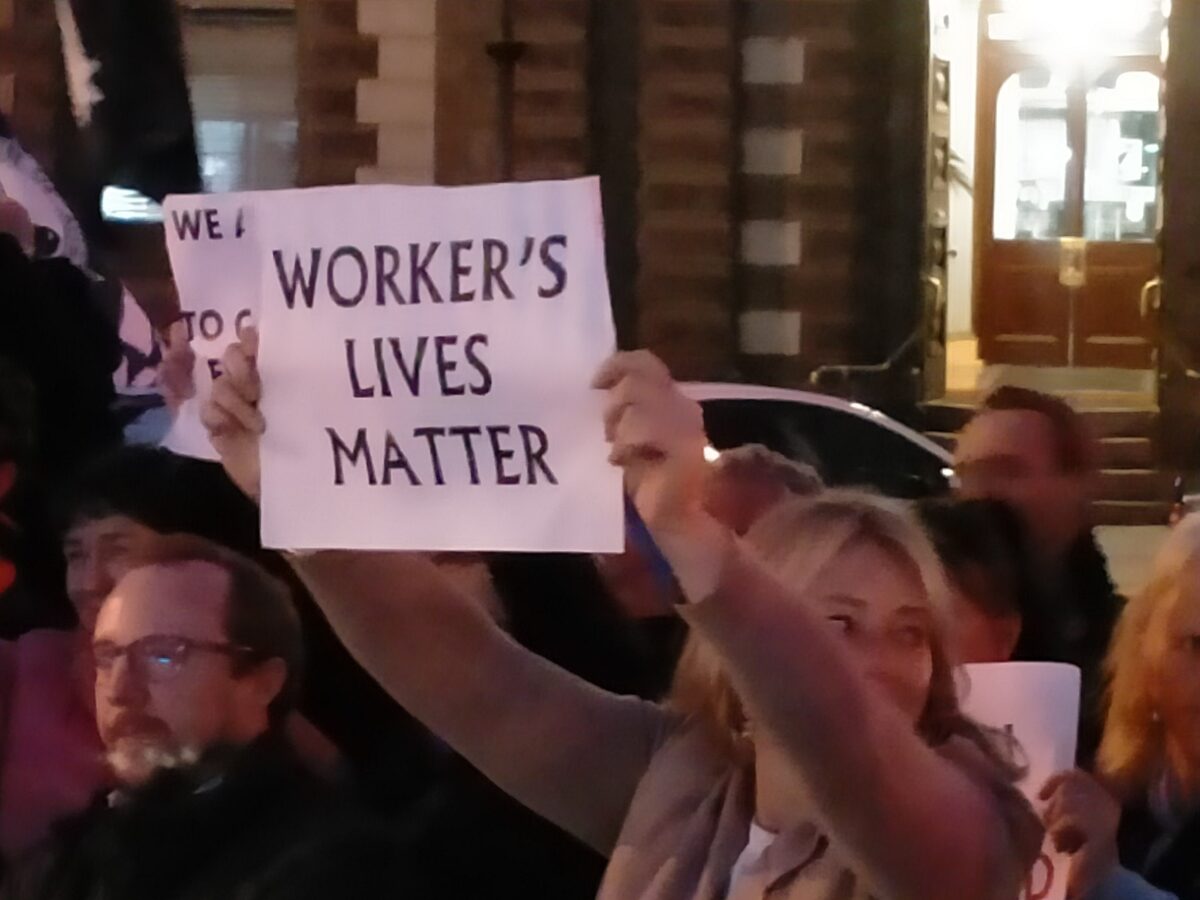The Heads of Workplace Safety Authorities (HWSA) is a strange concoction. It operates separately from Safe Work Australia but has some overlapping memberships. According to SWA, HWSA:
“is made up of representatives from work health and safety regulators across Australia and New Zealand. They work together to promote and implement best practice in work health and safety in the areas of policy and legislative matters, education and enforcement. Our CEO attends HWSA meetings as an observer.”
In March this year, SafetyAtWorkBlog put some questions to HWSA about psychological risks in the workplace, a topic that has heated up over the last couple of years. The intention was to obtain an idea about HWSA’s “best practice” perspective. The responses were okay but limited, as one can see below.






